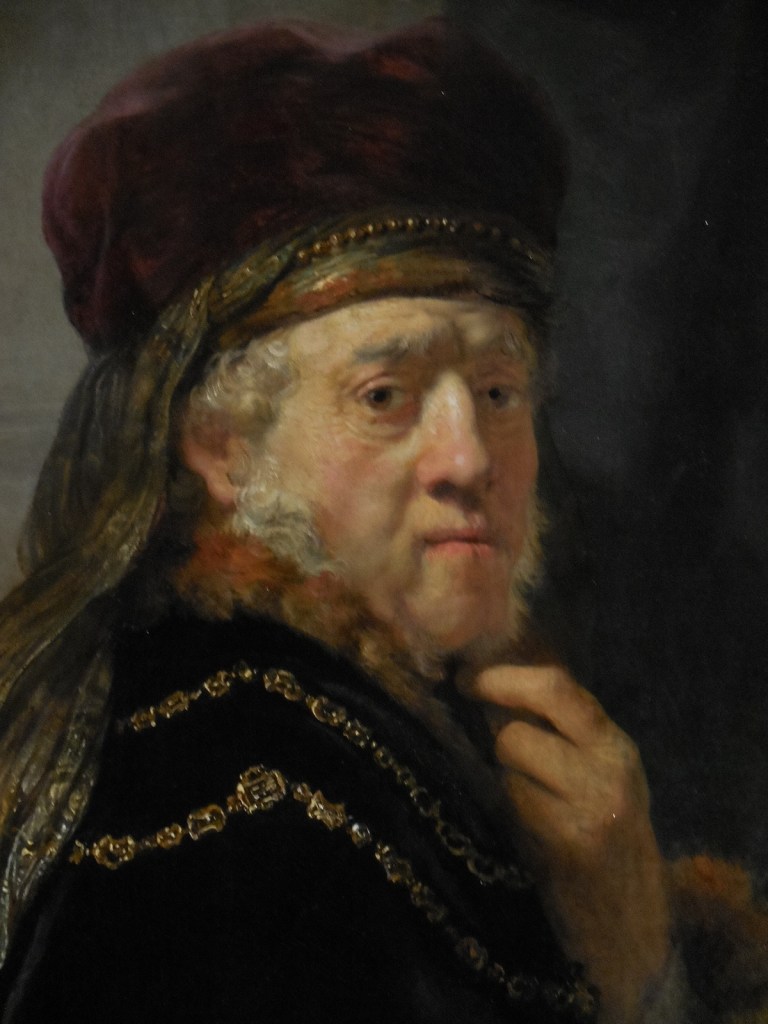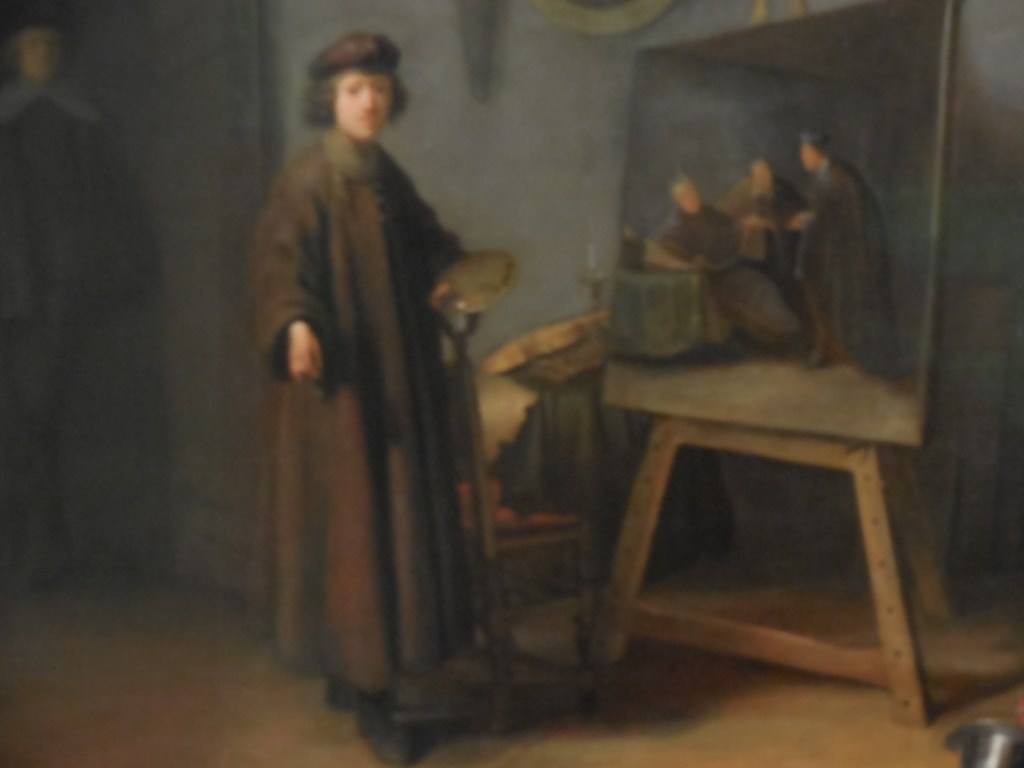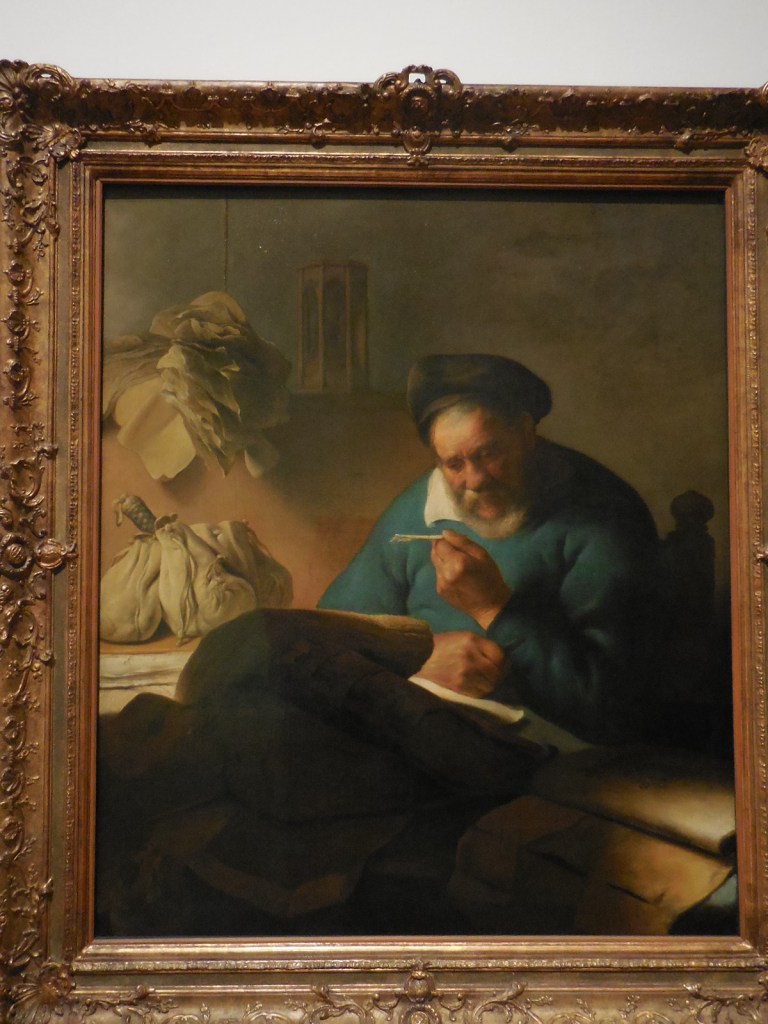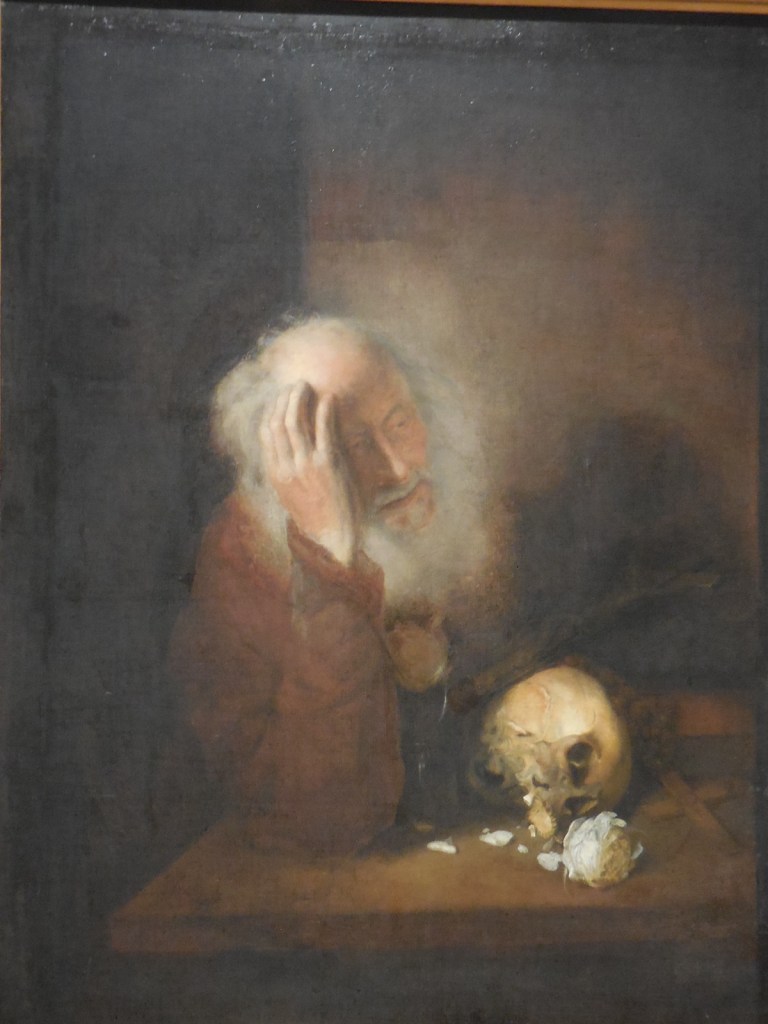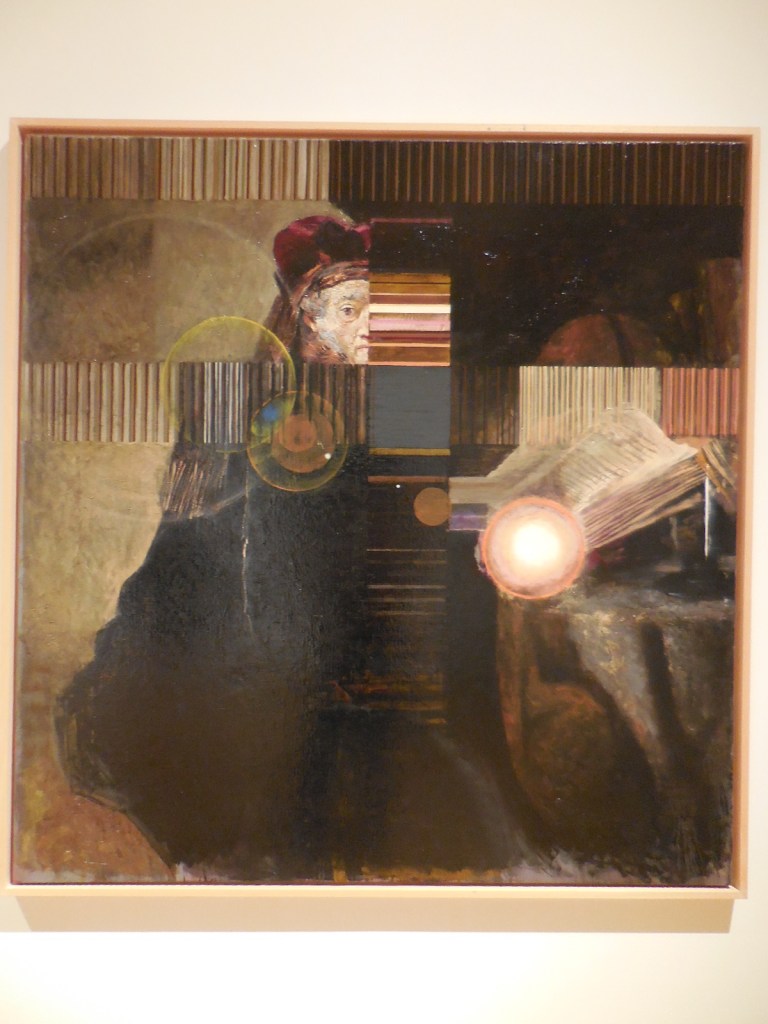
This past year started with me looking forward to my trip to Milan, scheduled for May because I had had to cancel in November of 2019. I was assuming I would begin castlehopping around the country at the beginning of April. The last thing I expected was a pandemic. I never would have guessed that seeing people in face masks would become a familiar sight. I changed my trip to Milan to October, thinking the pandemic would be pretty much over by then. I would cancel for a third time, not feeling safe enough to fly or going sightseeing when a deadly virus was raging through the world.

During the first three weeks of the pandemic, I only went outside to take out the trash. I felt traumatized. I watched CNN International whenever I had a free moment as the network provided nonstop coverage of the coronavirus pandemic. On TV, I was constantly confronted with death – so many deaths. I was convinced I would die soon of the coronavirus as did many of those featured on TV, so I did not go out. Then one day I had to go to the pharmacy. I was hyperventilating because I was so anxious to be outdoors. Soon, though, I started walking to the nearby park and spending time sitting on one of my favorite benches with the most stunning views of lush green hills that looked like they belonged in Vermont.

It all changed at the end of May, when the castles opened again. The number of coronavirus cases were low. My friend and I started going on day trips once a week, giving me a welcome respite from my endless fretting and CNN’s constant portrayal of tragic suffering and death.

We started at the Gothic Křivoklát Castle, which harkens back to the 13th century. My favorite room in this castle is the well-preserved chapel that was built in the 1470s. The winged main altar of the crowning of the Virgin Mary hailed from 1490. Masterfully carved statues of the 12 apostles added to the impressive décor. Another space was devoted to Gothic art with altarpieces, statues and paintings. Of course, we had to wear masks and try to stay apart from each other. No more than 12 people were allowed on a tour. Still, it was crowded in some spaces.

Next came Žleby, a chateau I had visited years earlier with another friend. I loved the romantic 19th century appearance. The chapel boasted of a Neo-Gothic 19th century style. The Knights’ Hall was a real gem with 16th century knights’ armor, hunting trophies and weapons. However, what I liked best about it were the 188 painted glass pictures covering one wall. They had been created from 1503 to 1749. My favorite feature of the chateau was the leather wallpaper, for instance in the Prince’s Study, the Rococo Salon and the library. The Red Room also dazzled with gold-and-red leather wallpaper. Of great interest were the elaborate tiled stoves, some of the most beautiful I had ever seen. The armory was another delight. And who could forget those Renaissance arcades on the exterior.



I also returned to the biggest 19th century Empire style chateau in the Czech Republic, Kačina. The representative rooms displayed 19th century Empire, Biedermeier and Classicist styles. But there was more. A 19th century library sported roundels with painted cupolas and stylized squares. The light streamed into the three sections. The small theatre was another treat, with two balconies of gold-and-black décor. The entrance room of the chateau had a 16-meter high roundel, which brought to mind the Pantheon in Rome.



We set off for West Bohemia to Nebílovy Chateau one weekday. It is comprised of a Baroque chateau with another building behind it. The structure in the background looked so dilapidated – as if it would fall apart before our very eyes. Yet both buildings were filled with great beauty inside. The Dancing Hall was the highlight with its idyllic ceiling and wall painting of palm trees, monkeys, birds and people. The Rococo designs amazed. Other rooms were stunning, too, with little details that made the spaces charming.

One beautiful morning I traveled to Průhonice Park with another friend. It included 250 acres of beauty with a Neo-Renaissance chateau. I admired the rose garden, the central lake with its stunning views, the open meadows dotted with haystacks, the waterfalls and the brook as well as the floral species.

I also paid a second visit to Mnichovo Hradiště Chateau, which featured rare 18th century furnishings. I loved the mural spanning three walls in the Italian Room. Naples and Venice loomed in the distance of the town represented. The Delft Dining Room proved to be a treasure. The porcelain from the 17th to the 19th century was all original and handmade. Giacomo Casanova worked in the library during the 18th century.

For some variety, we explored some caves about an hour from Prague one week. The Koněprusy Caves were discovered in 1950 and became open to the public nine years later. They measure 2,050 meters in length. The tour covers 620 meters and shows visitors part of the middle and upper floors. (There are three floors in all.) The middle floor is the longest, dotted with wide galleries and large halls. A special kind of limestone – Koněprusy limestone – has been mined from this area since the Middle Ages. In fact, one of the foundation stones for Prague’s National Theatre came from this quarry in 1868.
I loved the decoration of this cave system. The ornamentation was one of the most beautiful in the Czech Republic. It is formed by stalactite and stalagmite structures made from calcite.

I traveled to one chateau for the first time – all the other trips were return visits. Peruc had opened a month or so earlier after lengthy renovation. The elegant Rococo exterior had an interior that did not disappoint. The religious paintings and tiled stoves, mostly in Classicist style, were highlights of the tour. The outdoor toilets comprised of holes in the ground certainly were not very comfortable.


We made a lengthy journey mostly on country back roads to Manětín Chateau in west Bohemia. The ceiling frescoes delighted me. In the biggest room, a ceiling fresco from 1730 showed three figures representing Love, Strength and Fortune. The four seasons made appearances, too. Painted Baroque statues looked real. Mythological themes played central roles. The chateau was unique for its impressive collection of paintings of servants and clerks who had worked at the chateau. Thirty Baroque statues dotted the town, too.

After visiting Manětín, we drove to nearby Rabštejn nad Střelou, which was once the smallest town in the country and possibly at one time the smallest town in Europe. It featured a Baroque chateau, a castle ruin and timbered houses that belonged in another century. The town was a quaint place, but since my last visit, many tourists had discovered it. During my first visit, I was one of the only people exploring. This time the town was crowded with Czechs taking advantage of the nice weather and low number of coronavirus cases.


One of my favorite trips was to Lnáře Chateau. We ate at a restaurant where three stray cats begged for handouts. The black one received some of my macaroni and cheese. Then we headed to the 17th century chateau with an elegant courtyard boasting of arcades. Inside, the wall and ceiling frescoes were Baroque, and many dealt with mythology. The Baroque Chapel of Saint Joseph hailed from the middle of the 17th century.


What my friend and I loved most about Lnáře Chateau was the Cat Museum. We saw figures of cats, paintings, drawings and coats-of-arms of towns symbolized by cats. A two-meter high copy of an Egyptian goddess represented by a cat stood in one space. I also adored the cheerful painting of a feline by one of my favorite Czech artists, František Pon. It was one of my happiest days of the summer, and I often think back to that day when I want to capture that feeling of utter joy.


Our last venture out of Prague was to the ever-popular Konopiště Chateau, known to most as the former home of Franz Ferdinand d’Este and his wife Sophie Chotek, who were assassinated in Sarajevo, an event that triggered World War I. The couple lived there for 14 years. What I liked best was not the collection of hunting trophies that people always talk about but the chapel with its Gothic statues and Renaissance paintings. The light blue vaulted ceiling was studded with stars. Red designs also added to the elegance of the small space. I remembered my first visit here in 1991. I had imagined getting married in this chapel someday. Alas, I would never get married but would find happiness in being single. The first tour concentrated on the luxuriousness of the chateau furnishings while the second tour revolved around accounts of Franz Ferdinand’s family and how they had influenced his life as we explored intriguing furnishings.

A museum addict, I enjoyed visiting the Saint George Museum with 808 paintings, statues, ceramics, glass and altarpieces sporting Saint George fighting the dragon. Franz Ferdinand had amassed an impressive collection. The Shooting Hall was unique with moving targets painted in detail.

Perhaps the best thing about that day was that there were only five or six people on each tour. Normally, there are 30 or more on a tour at Konopiště. It was wonderful to be there without the crowds. I had a three-scoop sundae in the chateau restaurant, a fitting end to our escapades for the year. By then coronavirus cases were increasing, and it was becoming dangerous to travel.

I did manage to make it to one art exhibition this year. Rembrandt’s Portrait of a Man exhibition took place in Kinský Palace on Old Town Square. The portraits and self-portraits spoke to me as Rembrandt evoked the soul of his subject and knew how to reveal the deepest depths of his own soul in his self-portraits. Modern work inspired by the great artist was on display, too.

I missed going to restaurants and eating indoors, something I won’t do during a pandemic. I missed going to the theatre, going to concerts, taking the Metro and tram often and just feeling free to go wherever I wanted to without being concerned about catching a deadly virus. I really missed not being able to fly to the States and see my parents because it was too risky, and part of the time the borders were closed. And I missed spending time in foreign countries, exploring new places such as exciting art museums. I missed Italy specifically. I hope that, by the spring of 2021, I will be able to, at the very least, take trips to castles and chateaus around the country.
Tracy A. Burns is a writer, proofreader and editor in Prague.

